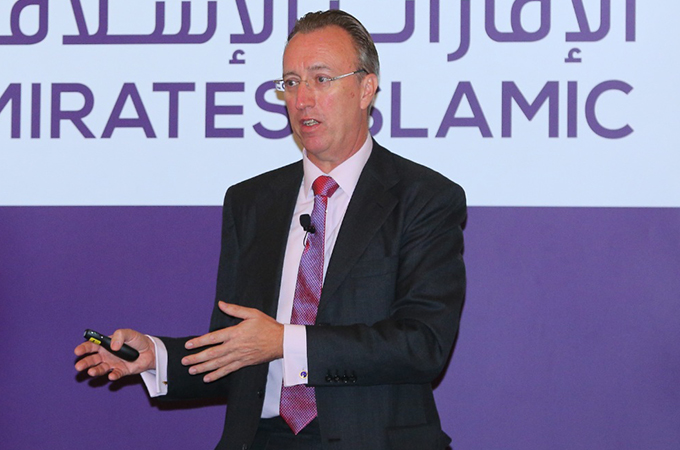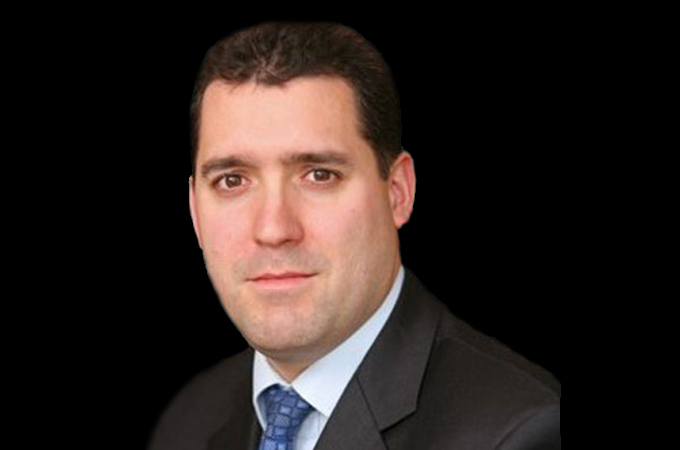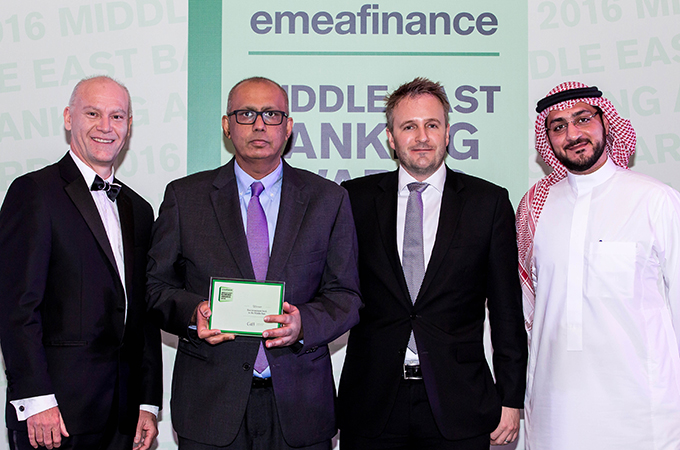Winter 2018
Disruptive technology, demand for ‘experiential’ luxury and philanthropic activities are some of the new key trends shaping the exclusive club of ultra-high-net-worth individuals
The world’s ultra-high-net-worth (UHNW) population – individuals with $30 million or more in net worth – is growing again from a sharp fall of 7.1 per cent in 2015; and the super-rich juggernaut is not going to halt, at least not until 2021.
The UHNW population grew by 3.5 per cent to 226,450 individuals in 2016, according to the World Ultra Wealth Report 2017 by Wealth X. Their combined wealth also jumped 1.5 per cent to $27 trillion despite political shocks and economic uncertainty.
Despite the heightened geopolitical instability, the global ultra-wealthy population is forecast to rise to 299,000 people by 2021, an increase of 72,550 compared with 2016 levels. UHNW wealth is projected to rise to $35.7 trillion, which implies an additional $8.7 trillion of newly created wealth over the next five years. The trend towards a more balanced global distribution of ultra-wealth across the different regions will continue.
While the number of ultra-rich is rising, the social and economic trends guiding the super wealthy is changing. So what are these trends?
Advances in technology, rising demand for ‘experiential’ luxury, the move towards global transparency and a rise in philanthropy are the key trends relevant to the exclusive group and sectors such as wealth management, luxury goods and not-for-profit organisations must look at, says the report.
In today’s innovative and complex global economy, they are especially relevant to the ultra-wealthy and the industries either target them or cater specifically to their needs, it says.
Disruptive technology
Rapid advances in technology, coupled with a new generation of investors whose preferences and expectations have been shaped by the digital world, are having a transformative effect across the global economy. From retail to manufacturing, from telecoms to financial services, the disruptive impact of new technology is clear to see.
The traditional business model of wealth management is one predicated on a personalised client service, providing counsel tailored to an individual’s investment goals, lifestyle choices and attitude to risk. For many ultra-wealthy individuals with complex asset structures and intricate wealth transfer requirements, this personal interaction is likely to remain in high demand. It offers a sense of assurance on savings, investments, tax and legal affairs in a rapidly changing regulatory environment. Rising concerns over security and data privacy among the ultra-wealthy also suggest there is a limit to their reliance on technology.
Nevertheless, many aspects of the wealth management sector remain highly vulnerable to digital disruption, given the ongoing innovation in algorithmic software, the growing competition from standalone FinTech firms and the steady increase in tech-savvy ultra-wealthy individuals who demand convenience and speed in service delivery.
The evolution is already apparent across parts of the industry, with fully automated roboadvisors now able to offer a streamlined wealth management service to investors, employing algorithms to determine a suitable investment strategy based on a defined set of personalised data. This is aimed primarily at the lower strata of wealth accumulation, but the wider implications are clear to see. As expectations for digital functionality continue to rise among the ultra-wealthy – many of whom now regularly use online and mobile banking services and review their portfolio markets online – an increasing share of the traditional wealth manager’s role faces being delegated to technology. A similar bifurcation of the market is becoming apparent in the luxury real estate sector, with technology now addressing many of the simpler aspects such as property availability, internal viewing and services support.
The role of the luxury property
broker has become more of a high-level wealth advisor, offering expertise, nuance and insight about specific markets and locations.
The complexities of tax structures, estate planning and investment suggest a hybrid arrangement of technology-driven service efficiency and personalised face-to-face client interaction will emerge as the preferred form of wealth management provision for most ultra-wealthy individuals. For the sector itself, the digital revolution implies a significant shake-up of the status quo, throwing up tough challenges but also creating new opportunities to adapt and refresh the client-wealth manager relationship.
‘Experiential’ luxury
The number of ultra-wealthy individuals is forecast to grow strongly over the next five years. This will provide a larger pool of potential consumers of luxury goods and services, and greater opportunities for luxury brands to enhance their market share around the world.
The ultra-wealthy have always been avid early adopters and new frontiers will remain a particular focus of luxury consumption. On the technology front, continued advances in artificial intelligence (AI), virtual reality (VR) and smart-home technology are likely to attract increasing levels of spending by ultra-wealthy individuals.
Within the luxury car segment, the ultra-wealthy have been among the prime purchasers of electric vehicles and marques equipped with connected-car technologies. This first-mover approach is expected to extend to self-driving vehicles – touted to be available by the end of the decade – which have the potential to be one of the most revolutionary advances in modern living.
A recent trend in the more established wealth markets of Europe and North America has been a shift in consumption away from tangible goods and towards more ‘experiential’ luxury. While this may still involve the purchase of a desirable luxury asset, such as a super yacht or private jet, the driving force is just as likely to reflect an increasing focus of the ultra-wealthy on a lifestyle experience and personal enjoyment as a simple statement of riches. This shift is stimulating demand for other out-of-home luxury experiences, such as ‘transformative’ travel (from socially engaged trips to the ultimate escape of space flights), fine dining, high-end entertainment and personal beauty services, as well as in-home indulgences linked to high-quality design, architecture and fine art.
High-end businesses in these sectors will benefit particularly from the growing discernment among the expanding ultra-wealthy population in emerging markets. It will also spur more luxury providers to integrate a more heuristic approach to the consumption process, with service likely to become a strong differentiator for luxury brands. This also fits with the ultra-wealthy’s growing requirement for personalisation in the search for exclusivity and uniqueness in today’s increasingly commoditised world.
Philanthropic engagement
Donations to philanthropic causes from the global ultra-wealthy population have increased steadily since the global financial crisis, according to Wealth-X’s proprietary database on the ultra-wealthy. This tallies with other survey findings that suggest philanthropy is becoming more important to ultra-wealthy individuals around the world. The precise reasons for this can be difficult to pin down, although two broad themes to emerge are a growing sense of social engagement and a motivation for personal fulfilment.
The younger generation is likely to be a factor behind this – notwithstanding their modest share of global ultra-wealth – because they tend to be more socially and environmentally minded and more willing to drive employee-based philanthropy. Innovations in giving by several high-profile tech billionaires over recent years may also have spurred wider engagement, along with growing concerns over the rise in global wealth inequality. The latter may partly reflect the stronger growth in the ultra-wealthy populations of many emerging economies, where religious beliefs and family/social ties – especially among first generation ultra-wealthy individuals – have instilled a desire to give something back.
With the level of intergenerational wealth transfers set to rise sharply over the next decade and beyond, the growing share of social entrepreneurs and environmentally conscious individuals among the global ultra-wealthy population has implications across a range of sectors.
New developments such as impact investing – leveraging private capital for social good – are building on the work of traditional foundations and financial vehicles are becoming more closely integrated into the core strategy of the ultra- wealthy’s businesses.
Limited liability corporate (LLC) structures have been championed by eBay founder Pierre Omidyar and more recently by Facebook’s Mark Zuckerberg and his wife, Priscilla Chan. Other innovations range from donor advice funds (DAFs) to social impact bonds and programme-related investments (PRIs).
Many of these new products are hybrids, combining aspects of traditional philanthropy with tools more familiar to investment professionals.






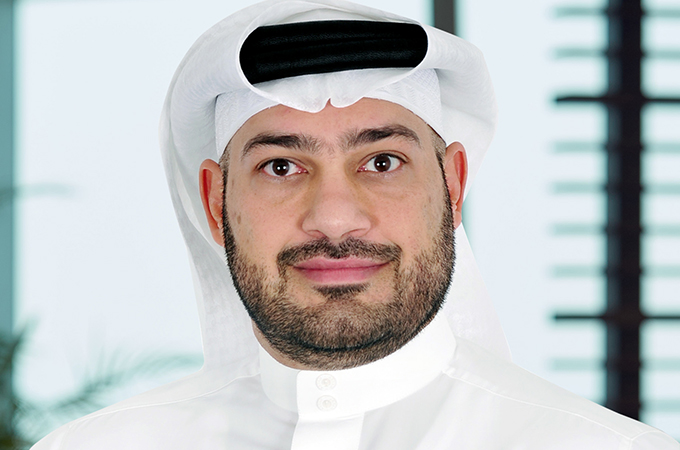

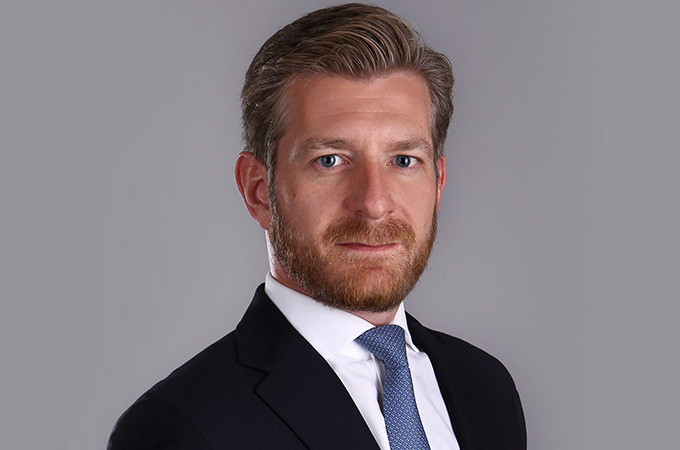
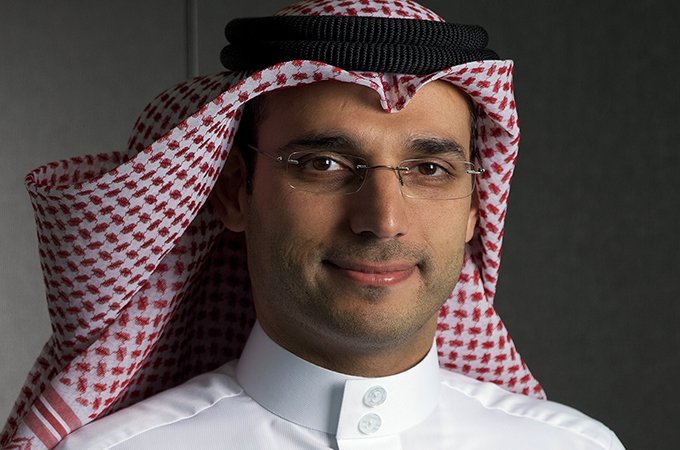
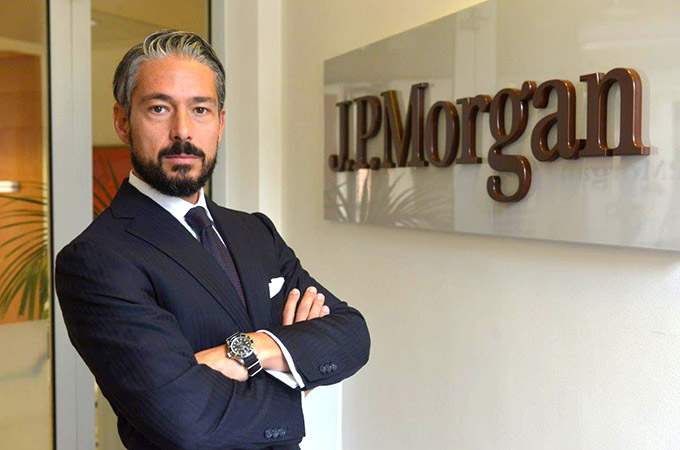
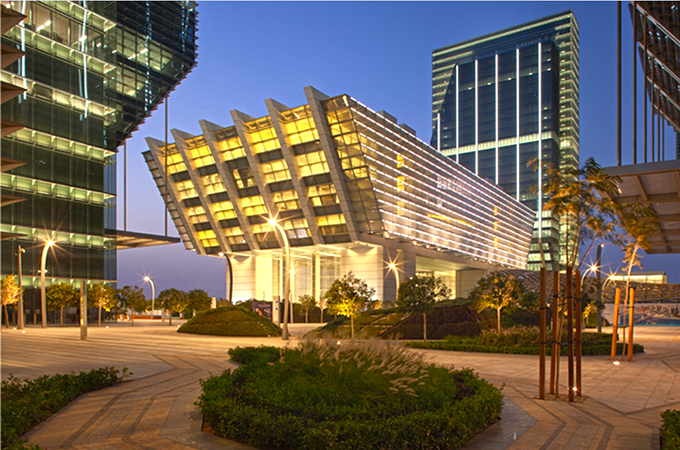
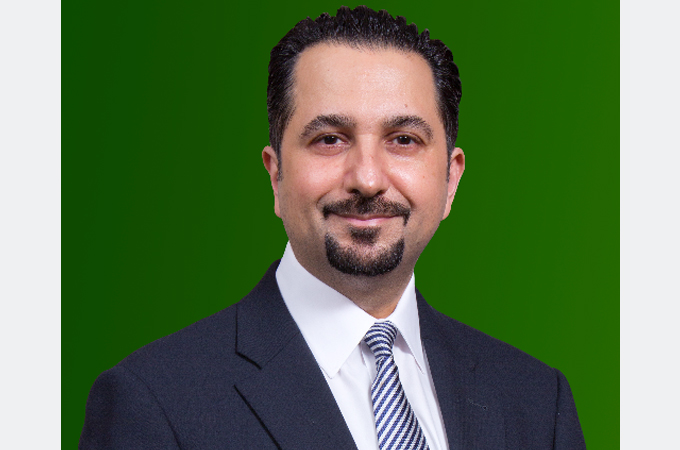

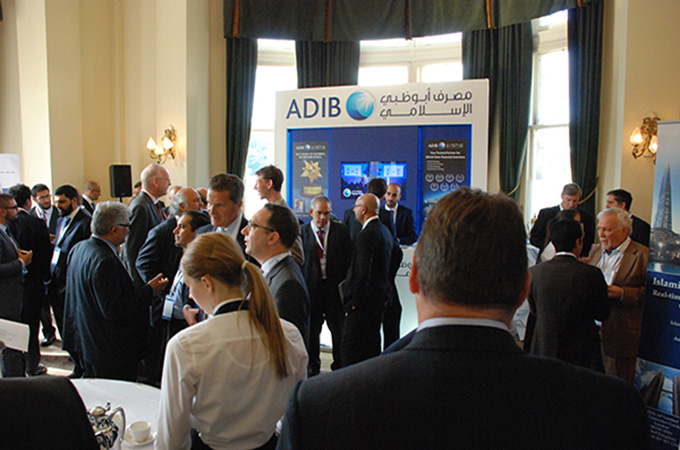
.jpg)
